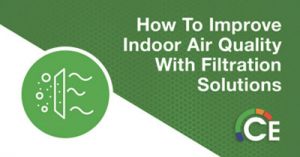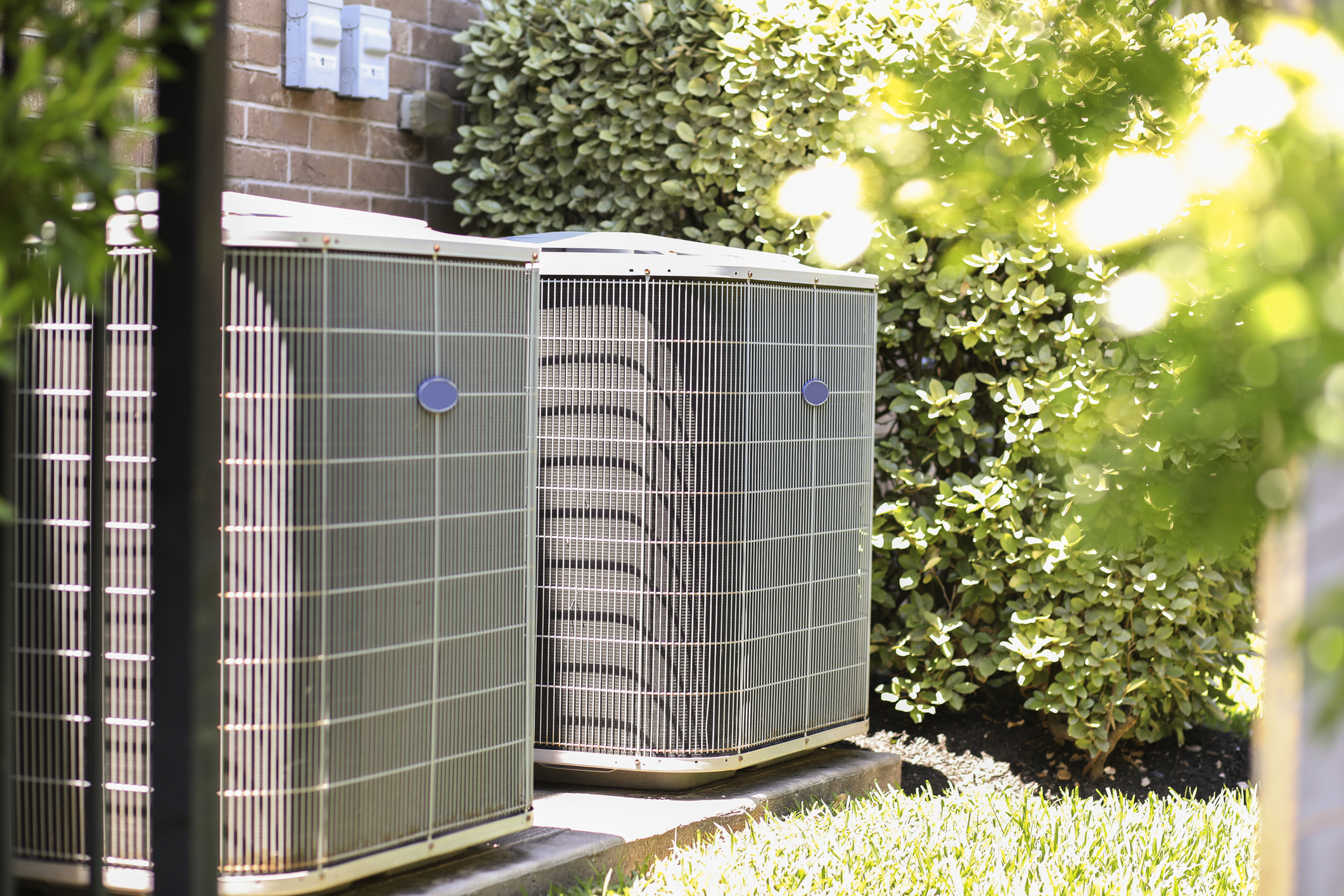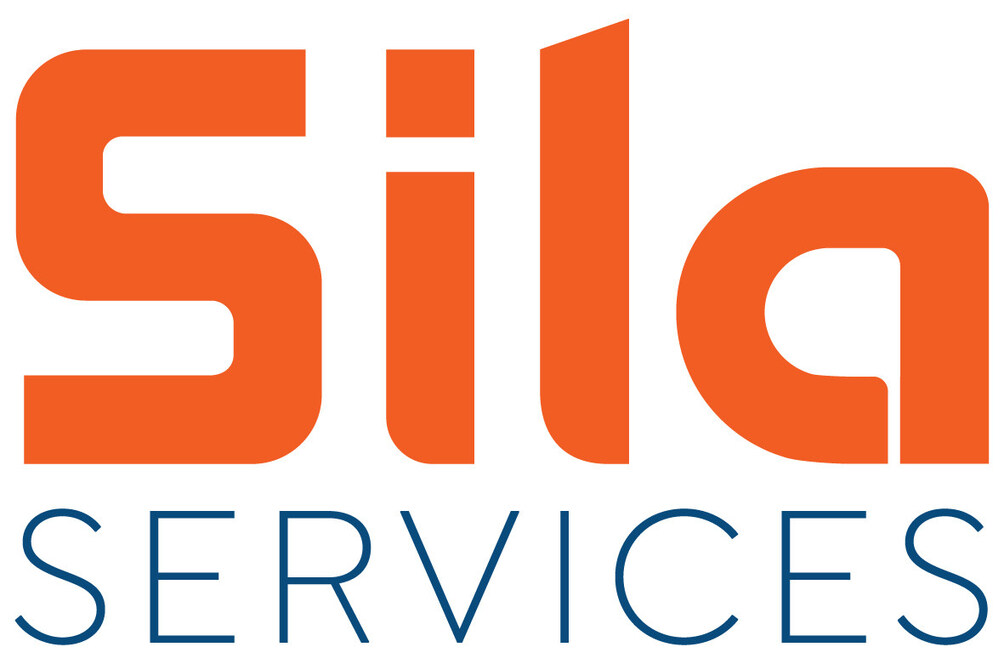News
How to Improve Indoor Air Quality Part 3: Filtration
The next piece of the puzzle when it comes to improving indoor air quality (IAQ) is the right filtration. Specifically, air filtration refers to capturing microbes and particulates at a precise point within the ventilation process. Once captured, these contaminants can be removed from the conditioned space and never reach the air that your clients breathe.
 When used in conjunction with air sterilization, purification and humidity management, filtration systems can contribute to cleaner indoor air that helps your clients breathe easier.
When used in conjunction with air sterilization, purification and humidity management, filtration systems can contribute to cleaner indoor air that helps your clients breathe easier.
How Air Filtration Improves Indoor Air Quality
There are two air filtration methods to consider for a client’s home or workspace: active and passive. An active air filtration system takes a seek-and-destroy approach to remove contaminants from an indoor climate, whereas a passive system creates more of a neutralizing barrier between air and contaminants at various points in the ventilation cycle. The method that’s right for your client will ultimately depend on their IAQ needs, budget and constraints of the existing system/structure.
Regardless of what type of filtration system is used, all air filtration systems effectively improve air quality using advanced technologies. Specifically, the right air filtration setup can:
- Reduce the spread of infectious diseases.
- Improve disease infection control within a building.
- Limit the transmission paths of airborne illnesses and viruses.
Likewise, an air filtration system can reduce the particulate matter that makes its way through homes and commercial buildings, which can alleviate symptoms for those with respiratory conditions like asthma and allergies.
Air Filtration and Other Products to Offer
Your Clients
When a client approaches you asking for advice on how to improve IAQ, an air filtration system is an excellent recommendation. Not only are filtration systems typically easy to install or retrofit, but they’re also one of the more cost-effective solutions available.
Below is just a sampling of some of the popular IAQ products on the market and how they can work to improve IAQ for your clients.
Air Cleaners & Purifiers
Air purifiers and cleaners effectively remove pollutants, allergens and even toxins from the air using any number of innovative technologies. The Dust-Free HEPA UVC PCO Air Purifier, for example, uses a high performance PCO chamber along with a strong germicidal light field to reduce airborne germs and pollutants.
If your client is looking for a solution with a more active filtration approach, a whole-home germicidal air purifier may be a better solution. These purifiers use Capture & Kill® technology to actively remove contaminants and are available in a wide range of sizes to suit the return air ducting of most homes.
There’s also the Carrier Infinity® Air Purifier & Bryant Evolution Air Purifier, which is actually capable of killing off 99% of the Coronavirus (COVID-19) while also inactivating other bacteria during the selection process.
Air Filters
In addition to air purifiers and cleaners, air filters play an important role in the air quality improvement process. You’ll want to take time to make sure that your clients are not only using the right air filter for their specific HVAC system, but the right filter for their unique IAQ needs, as well.
There is a wide range of HEPA filters that you can recommend to clients looking to reduce the emergence of particles and dust in their everyday air, ranging from MERV-11 to MERV-16 and even higher. And, of course, different types of filters offer different benefits. A filter with a static-electric charge, for example, can maximize particle removal capabilities. Meanwhile, a mechanical air filter can help remove particles from moving airstreams.
Ventilators
One often overlooked component is the air ventilator, also commonly referred to as an air exchanger. This part plays an important role in any air filtration system by exchanging heat with water vapor and bringing in fresh air.
There are many types of air ventilators available to suit your clients’ needs, ranging from low-profile options to full-size heat recovery ventilators for both residential and commercial use.
Humidifiers
Too much (or not enough) moisture can throw off indoor air quality, so ensure your clients have the right humidifier and/or dehumidifier to keep relative indoor humidity levels optimal. For the best indoor air quality, it’s best to aim for between 30% and 50% relative indoor humidity.
Don’t Forget About
the Big Picture
Air filtration should be just one part of the big picture for achieving better indoor air quality for your clients. Whether you’re working with a residential or commercial client, air filtration products like those mentioned above should be implemented in conjunction with sterilization, purification and humidity management systems to deliver clean indoor air. When it comes to all your supply needs, remember that CE has you covered.














